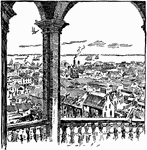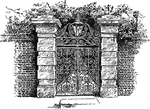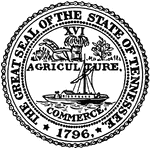
Seal of Tennessee
The Great Seal of the State of Tennessee. The seal shows images such as wheat and a plow to represent…

Seal of Texas
The Seal of Texas. The seal has simply a star which is a common symbol of Texas, an olive branch, and…
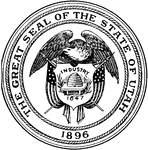
Seal of Utah
The Great Seal of the State of Utah, 1896. The seal shows a bald eagle holding a shield. The shield…

Seal of Vermont
The Great Seal of Vermont. The seal depicts a pine tree in the center with grain sheaves and a cow at…
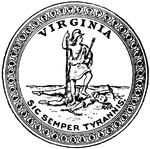
Seal of Virginia
The Seal of Virginia. The seal shows a Virtus standing over the defeated Tyranny with his fallen crown.…

Seal of Washington
The Seal of the State of Washington, 1889. The seal contains a portrait of George Washington and the…

Seal of West Virginia
The Seal of the State of West Virginia. This seal depicts two men representing agriculture and industry…

Seal of Wisconsin
The Great Seal of the State of Wisconsin. The seal shows a sailor and a yeoman holding the state's coat…

Seal of Wyoming
The Great Seal of the State of Wyoming. The seal shows two men symbolizing livestock and mining next…
British Works at Yorktown
The Siege of Yorktown or Battle of Yorktown in 1781 was a decisive victory by a combined assault of…

Sea Raven
The Sea Raven (Hemitripterus americanus) is a bottom-dwelling fish that is common in the north of the…

Ellsworth Zouave
Zouave was the title given to certain infantry regiments in the French army, normally serving in French…
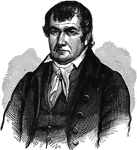
James Robertson
James Robertson (June 28, 1742–September 1, 1814) was a North Carolina farmer and explorer of the…

Edward Rutledge
Edward Rutledge (November 23, 1749 – January 23, 1800), South Carolina statesman, was a signer of…
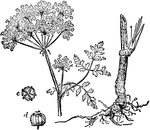
Northern Water Hemlock
Northern Water Hemlock is a species of Cicuta, native to northern and central Europe, northern Asia…

Hercules Beetle
The Hercules beetle (Dynastes hercules) is the most famous of the rhinoceros beetles. Native to the…
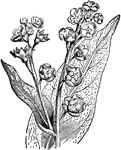
Hound's Tongue
Cynoglossum officinale (hound's tongue, dog's tongue, gypsy flower, and rats and mice due to its smell)…
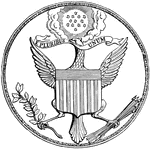
First Great Seal of the United States (Front)
The Great Seal of the United States is used to authenticate certain documents issued by the United States…
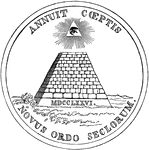
First Great Seal of the United States (Back)
The Great Seal of the United States is used to authenticate certain documents issued by the United States…
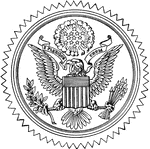
Great Seal of the United States
The Great Seal of the United States is used to authenticate certain documents issued by the United States…
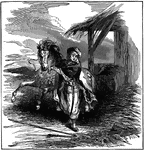
Smith's Escape from Slavery
Captain Sir John Smith (c. January 1580–June 21, 1631) Admiral of New England was an English soldier,…

David F. Jamison
David F. Jamison (1810-1864) was one of the founders of the Citadel and was elected president of the…

South Carolina Medal
A small medal was struck in commemoration of the great act of separation of South Carolina. They became…
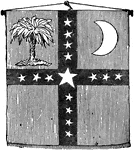
South Carolina Flag
On the day that South Carolina proclaimed sovereignty, a banner for the new state was adopted.

Fulton's Clermont
In 1807, Fulton and King built the first commercial steamboat, the North River Steamboat (later…

Horseshoe Crab (Adult)
An illustration of an adult horseshoe crab from the dorsal aspect. The horseshoe crab or Atlantic horseshoe…
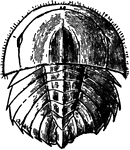
Horseshoe Crab (Young)
An illustration of a young horseshoe crab from the dorsal aspect. The horseshoe crab or Atlantic horseshoe…

French Gothic Capital
A fifteenth century capital from the north spire of Chartres. The capitals were tall and slender, concave…

Horizontal Dial
The chief advantages of the horizontal sundial are that it is easy to read, and the sun lights the face…

Sundial
A sundial is a device that measures time by the position of the Sun. In common designs such as the horizontal…
Diplodocus
An illustration of a Diplodocus skeleton and the caudal vertebrae (A and B). Diplodocus is a genus of…

Fort Sumter
The fort is best known as the site where the shots initiating the American Civil War were fired, at…

Major Anderson's Headquarters
The headquarters of Major Robert Anderson at Fort Sumter, South Carolina during the American Civil War.

Fort Sumter in 1864
The fort is best known as the site where the shots initiating the American Civil War were fired, at…

Inside the Walls of Fort Sumter
The fort is best known as the site where the shots initiating the American Civil War were fired, at…

Swamp Angel
One of the most famous Parrott rifles is the Swamp Angel, an 8-inch (200 mm) gun used by federal Brigadier…
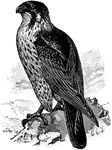
Duck Hawk
The Peregrine Falcon (Falco peregrinus), also known simply as the Peregrine, and historically as the…
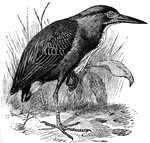
Green Heron
The Green Heron (Butorides virescens) is a small wading bird in the Ardeidae family of herons, and is…

Common Shrimp
The Common Shrimp (Crangon crangon) is a shrimp fished mainly in the North Sea. The species is also…
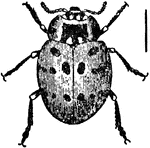
Ladybug
Coccinellidae is a family of beetles, known variously as ladybirds (British English, Australian English,…
Silver Fir Cone and Foliage
An illustration of a silver fir cone and a small branch. Silver Fir or European Silver Fir (Abies alba)…

Rainbow Smelt
The Rainbow Smelt (Osmerus mordax) is a North American fish in the Osmeridae family of smelts named…

Vermilion Snapper
The Vermilion Snapper (Rhomboplites aurorubens) is a North American and Atlantic fish in the Lutjanidae…
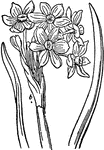
Narcissus
Narcissus is the botanic name for a genus of mainly hardy, mostly spring-flowering, bulbs in the Amaryllis…
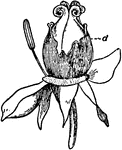
Peony Bud
Paeonia) is the only genus in the flowering plant family Paeoniaceae. They are native to Asia, southern…
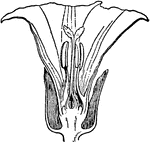
Calystegia Sepium
Calystegia sepium (Larger Bindweed, Hedge Bindweed, or Rutland beauty) is a species of bindweed, with…

Calystegia Sepium Bud
An illustration of a Calystegia sepium bud. Calystegia sepium (Larger Bindweed, Hedge Bindweed, or Rutland…

Calystegia Sepium Seed
An illustration of a Calystegia sepium seed cut lengthwise showing the embryo. Calystegia sepium (Larger…
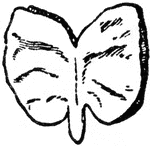
Calystegia Sepium Embryo
An illustration of a Calystegia sepium embryo. Calystegia sepium (Larger Bindweed, Hedge Bindweed, or…
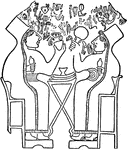
Hittite Women
An illustration of two Hittite women sitting. The Hittites were an ancient Anatolian people who spoke…

Velvet Crab
The velvet crab (alternatively velvet swimming crab or devil crab) is the largest swimming crab found…

Masked Crab
Corystes cassivelaunus, the masked crab, helmet crab or sand crab, is a burrowing crab of the North…
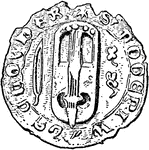
Crwth on a Seal
An illustration of a crwth on a 14th century seal. The crwth (in English crowd) is an archaic stringed…

Annual Honesty
Annual Honesty (Lunaria annua) is a tall (height about 1 m), hairy-stemmed biennial plant found throughout…
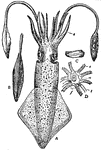
European Squid
The European Squid (Loligo vulgaris) is a large squid belonging to the family Loliginidae. It occurs…
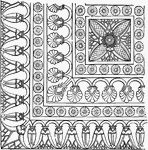
Part of the Floor Decoration from North Palace, Nineveh
This portion of a pavement-slab in the North Palace at Nineveh has a certain accordance with the Grecian…

Floor Plan of the Palace at Nimrud
One peculiarity is visible in all Assyrian buildings, namely, that all the chambers are very narrow…
